Maybe it was Reese Witherspoon’s blush-pink wedding dress by Monique Lhuillier. Could be I’m just ready for hot weather. But I am all about pink this week! Shocking I know.
So my new favorite nail polish is Christian Dior’s Vernis, in Pink Kimono, $21 (on its side in the pic). Rereleased with a new formula and an oversize brush, this polish is easy to apply — the idea is that you can do it in one stroke.
I’m not that good, but I’ve used it a few times and I didn’t have too many mistakes, i.e. polish glopped on my cuticles or oozing into the sides of my nails. I had my nails done Sunday and the color held up well all week.
I don’t know if it’s thicker than other nail polishes, but somehow it’s more clingy or springy; it seems to grab onto your nail and stick there. Because the Saks sales guy was so animated about the products, I also bought Diorlisse Ridge-filling basecoat, in Pink Petal, $21, a soft shade that also looks good on its own.
Now if it would just warm up outside; it’s cloudy, cold and 43 degrees today in Los Angeles. But, hey, at least it’s Friday!
Product Source: From my own collection. I did not receive products or compensation from Dior.







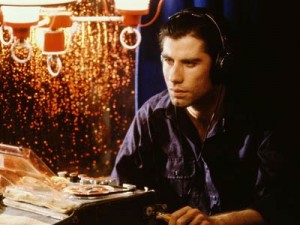
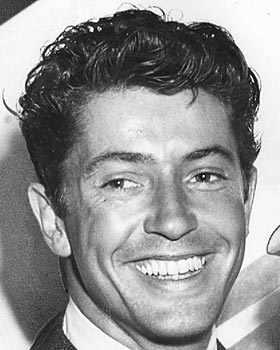
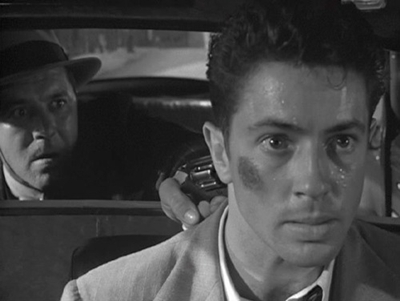
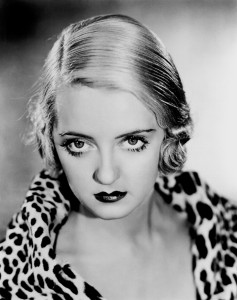
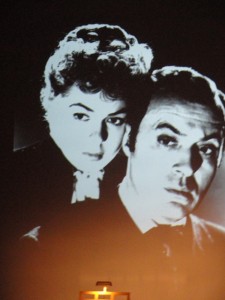
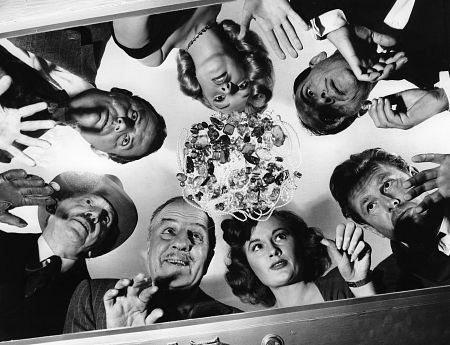
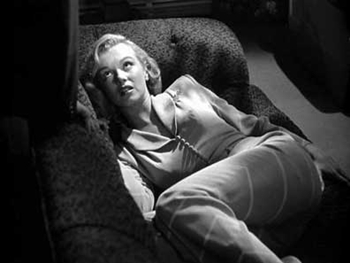
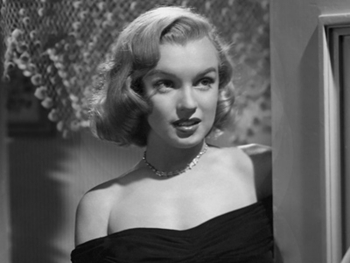
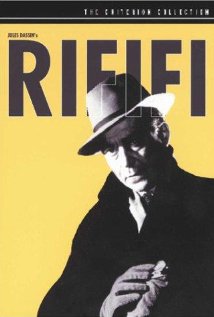
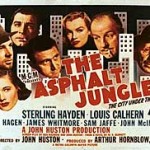
![stylish blogger award[1]](http://www.filmnoirblonde.com/wp-content/uploads/2011/03/stylish-blogger-award11-150x150.jpg)
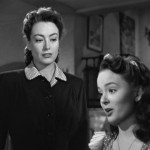





From FNB readers